Ein Beitrag von: Leon Beu
Es fing alles an einem typischen Sonntag in einem kleinen Ort irgendwo im Münchner Outback an. Ich, damals etwa 14 Jahre alt, und ein Freund rollen mit dem Fahrrad über Feldwege, langsam, ohne Ziel. Nichts los eben, Langeweile, keine Beschäftigung. Und so rollten wir dahin, immer weiter aus dem Dorf hinaus, quer über die Bundesstraße.
Dann tauchte hinter einem Gebüsch ein altes Haus auf. Ein Haus mit zerbrochenen Scheiben, zugewachsen mit Efeu. Willkommene Abwechslung im öden Alltag eines bayrischen Kaffs, also schnell rein, in den dunklen Hausflur.
Seitdem bin ich immer wieder dorthin zurückgekehrt. Irgendwann schließlich mit einer Kamera und so nahm alles seinen Lauf. Seitdem sind nun etwas mehr als zwei Jahre vergangen. In diesen Jahren habe ich viele weitere solcher Orte besucht und fotografiert. Zunächst eher, wenn es sich mal ergeben hat, später auf geplanten Touren quer durch Deutschland, Österreich, Italien, Belgien und Luxemburg.
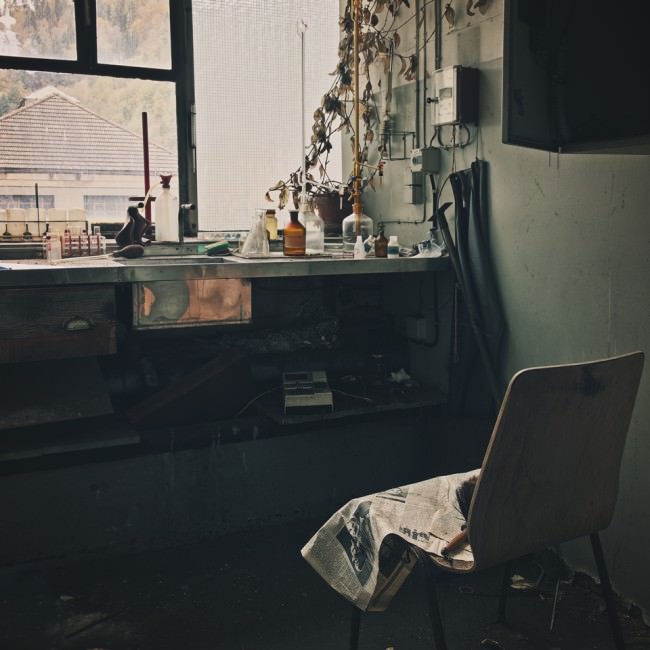
An diesen Orten beeindruckt mich vor allem die Vergänglichkeit der Menschen und der von ihnen geschaffenen Gebäude und Gegenstände. Wo vor fünf Jahren noch Arbeiter ihr Brot verdient haben, wächst heute Moos, in einstigen Küchen bröckelt die Tapete von der Wand und Spinnen rennen über das Geschirr.
Die Häuser wirken oft wie schlagartig verlassen, als wären die Bewohner auf der Flucht und hätten alles stehen und liegen gelassen. Auch das Licht ist hier ganz besonders, oft scheint es nur leicht durch geschlossene Fensterläden und bildet so einige, wenige Lichtstrahlen.
Gerade dieses Licht macht die Orte natürlich auch zu tollen, beeindruckenden Motiven, hinter denen viele Geschichten stehen. Oft werde ich gefragt, wie ich diese Orte finde. Leider finde ich sie selten zufällig auf dem Weg zu Freunden. Solche Zufallsfunde gibt es zwar auch, doch vor den meisten Touren heißt es zunächst tagelang recherchieren und suchen.


Dabei untersuche und vergleiche ich Fotos anderer Fotografen auf Hinweise, suche nach Zeitungsartikeln, die ein leerstehendes Gebäude thematisieren oder achte auf kleine Details, die etwas über den Standort verraten könnten. Dabei hilft es zum Beispiel, auf den Baustil zu achten oder die Umgebung, sofern man sie auf den Bildern anderer durch die Fenster erkennen kann, zu analysieren.
Das ist auch einer der Gründe, warum diese Orte von vielen so gut geschützt werden. Keiner „verschenkt“ gern, wofür er selbst stundenlang suchen musste. Ein weiterer Grund für diese Geheimhaltung ist, dass die Orte, sofern der Standort bekannter wird, oft von Vandalen und Dieben heimgesucht werden.
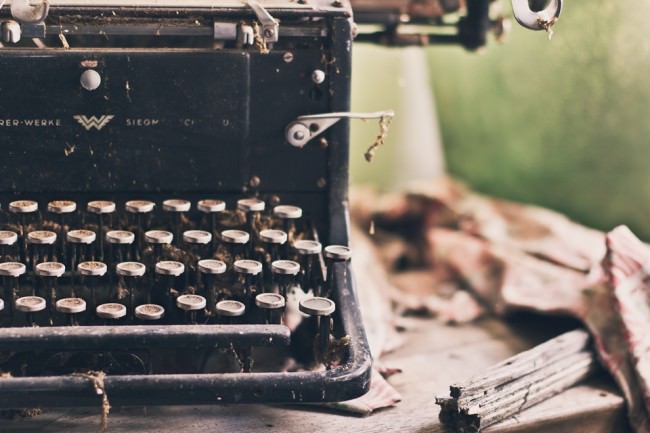
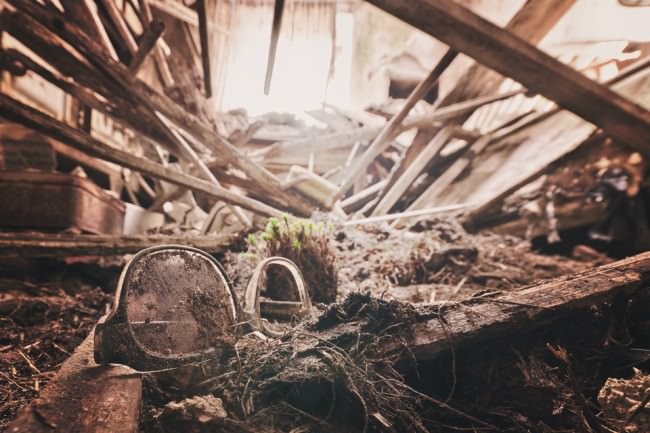
Manchmal sind es auch Jugendliche aus der näheren Umgebung, aber gerade Metalldiebe fahren unglaublich weit für ihre Beute und zerstören dabei oft noch große Teile der leerstehenden Gebäude. Auch Graffiti, so gern ich sie eigentlich mag, stören hier extrem. Nicht nur, da es auf den Fotos schlecht aussieht, viel eher, da es Sachbeschädigung fremden Eigentums ist und an solchen Orten wirklich nichts zu suchen hat.
Bei der Bearbeitung der Bilder versuche ich, die örtliche Lichtstimmung noch stärker herauszuarbeiten. Dafür entwickle ich die Bilder zunächst in Lightroom und schicke sie danach durch das kleine aber feine HDR-Programm SNS-HDR.
Danach kommt der Feinschliff in Photoshop, meist bestehend aus Ausrichten, diversen Bildoptimierungen und letztendlich einem Farblook. Dabei versuche ich, jede Location individuell zu bearbeiten, aber dennoch einen gewissen Stil beizubehalten. Jedoch retuschiere ich nie etwas aus den Orten weg oder hin, da ich die Bilder, trotz starker künstlerischer Einflüsse, als Dokumentation des Verfalls und des aktuellen Zustands sehe.

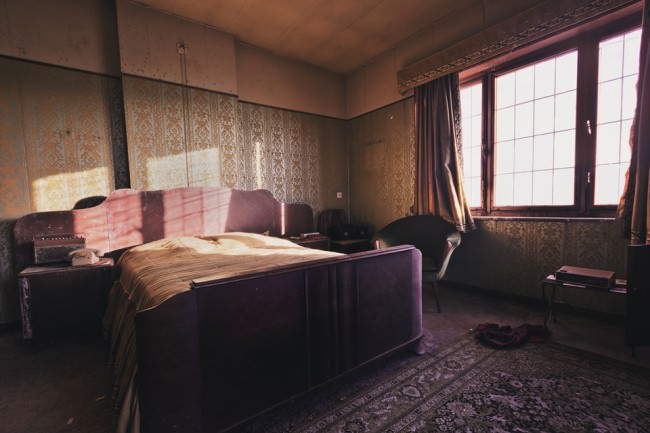
In diesen Lost Places ist ein Weitwinkel-Objektiv beinahe Pflicht, daher nutze ich ein Sigma 10-20-mm-Objektiv für die Gesamtübersichten und für die ganzen kleinen, engen Räume. Weiterhin habe ich immer eine 50-mm-Festbrennweite mit dabei, die sich vor allem für Detail-Aufnahmen und so manche Spielerei eignet.
Als Body nutze ich die Canon EOS 600D, wodurch ich zwar gegenüber einer Vollformakamera etwas Qualität einbüße, jedoch auch einiges an Platz und Gewicht spare, was sich vor allem beim Klettern oder langen Touren mit weiten Laufstrecken bezahlt macht.
Ein weiteres Problem, mit dem man sich auseinander setzen muss, wenn man diese Plätze besucht, ist die rechtliche Seite. Ich versuche zwar immer wieder, die Eigentümer herauszufinden und diese um eine Erlaubnis für Fotoaufnahmen zu bitten, doch meistens klappt das nicht ganz so, wie man es sich wünscht.

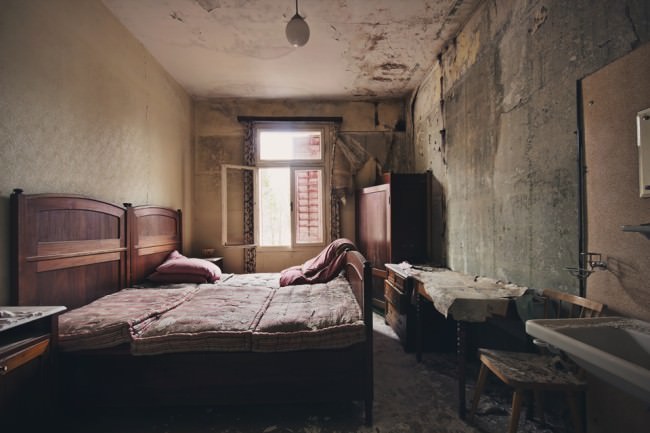
Daher suche ich immer nach einem offenen Eingang (z.B. offenstehende Türen oder Fenster), um in diese Orte zu gelangen. Das ist zwar rein rechtlich gesehen auch Hausfriedensbruch, doch bisher hatte ich noch keine Probleme deswegen. Oft interessiert es die Besitzer auch gar nicht oder sie drücken bei Fotografen ein Auge zu und sind froh, dass es sich bei den Besuchern nicht um Diebe handelt.
Ein absolutes No-Go ist für mich das Einbrechen (Einschlagen von Scheiben oder Aufbrechen von Türen) oder das Stehlen von Gegenständen aus den Gebäuden. Grundsätzlich gilt der Grundsatz:
Take nothing but pictures, leave nothing but footprints.
Nach meinem Besuch soll es genauso aussehen wie vor meinem Besuch. Natürlich darf man bei einem Besuch auch die gesundheitlichen Risiken nicht außer Acht lassen. Oft hat eindringendes Wasser den Orten schon stark mitgespielt und die Böden sind morsch. Auch Schimmel ist eine potenzielle Gefahrenquelle und sollte nicht ignoriert werden.

Doch trotz all dieser Gefahren sind die Besuche immer wieder ein tolles Erlebnis. Einerseits wegen der vielseitigen Geschichten, die die Gebäude mitgemacht haben, andererseits begeistert es auch, wie die Natur sich das zurückholt, was einst ihr gehörte.
Daher, und natürlich aufgrund der dabei entstehenden Bilder, werde ich auch noch oft früh morgens um fünf aufstehen, mich mit anderen Ruinenbegeisterten in ein Auto quetschen, nur um dann zwei Stunden dem nächsten verfallenen Haus entgegen zu fahren.

kwerfeldein – Fotografie Magazin | Fotocommunity










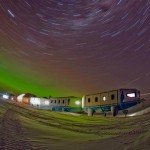

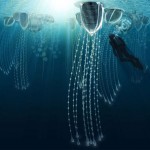



































































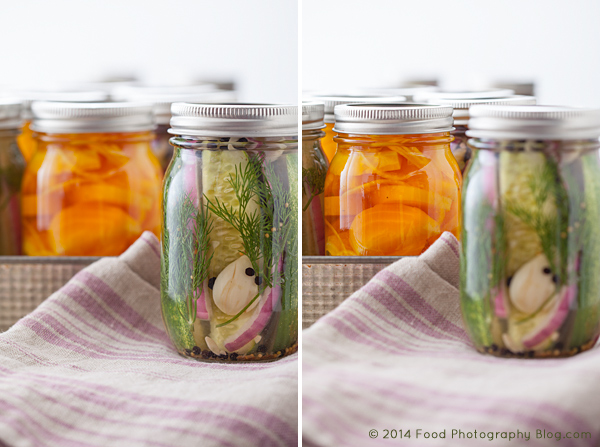
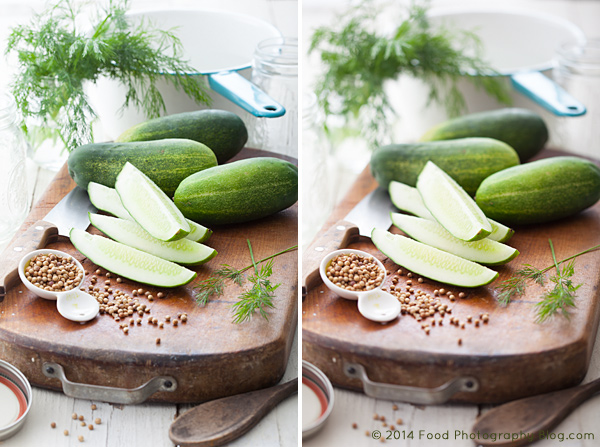
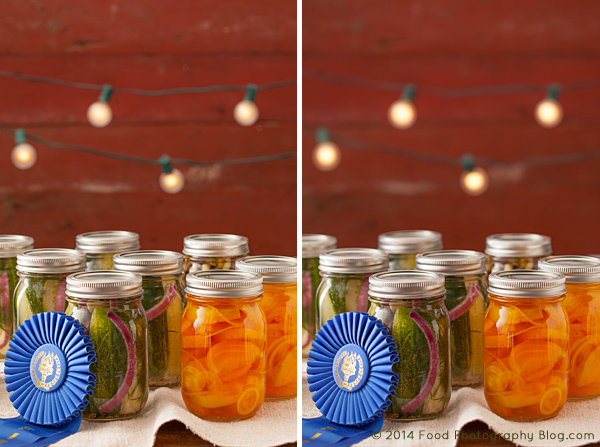
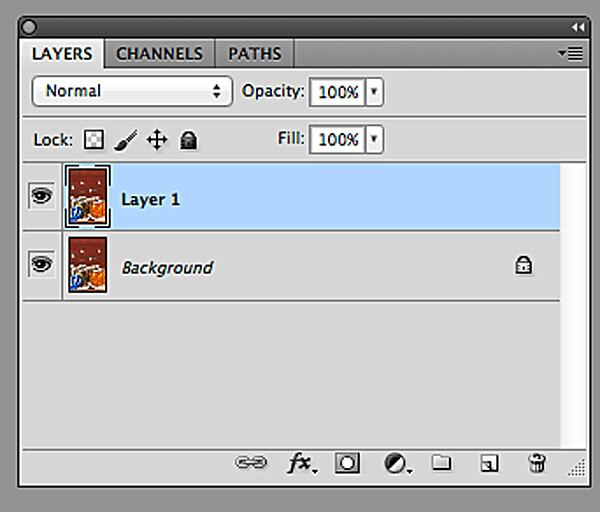
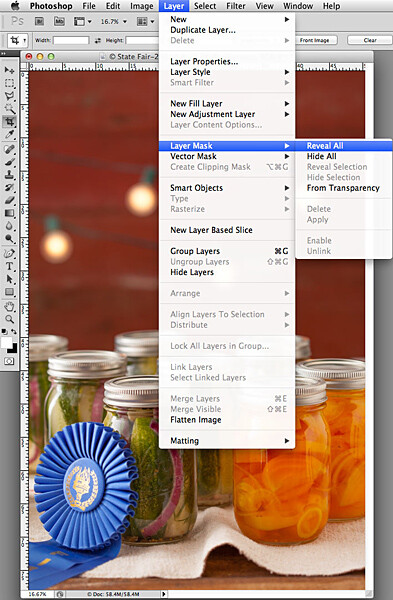
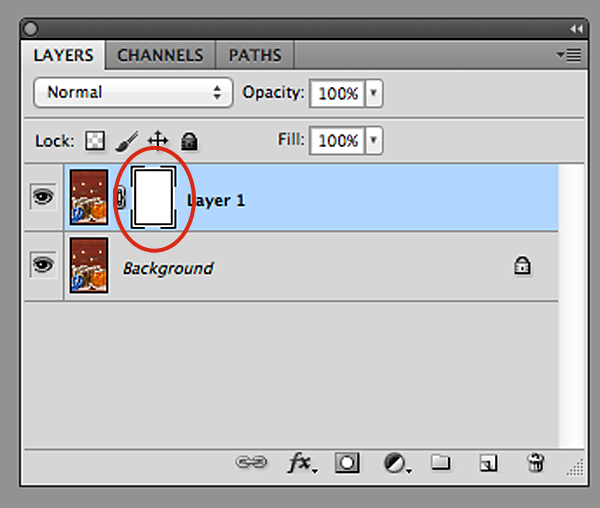
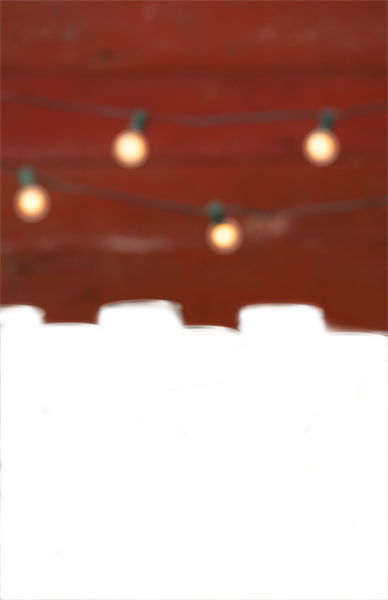
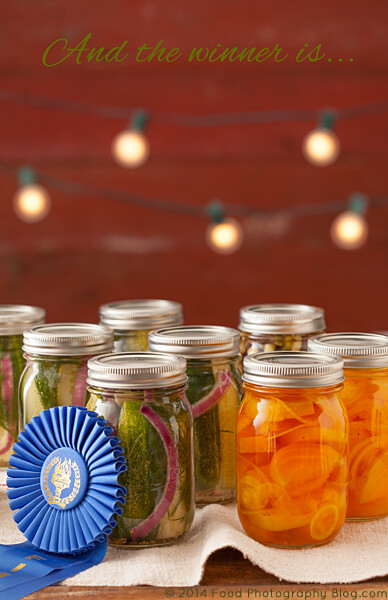
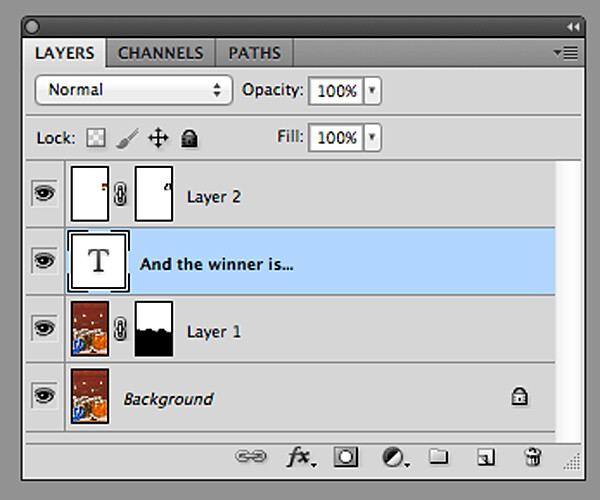
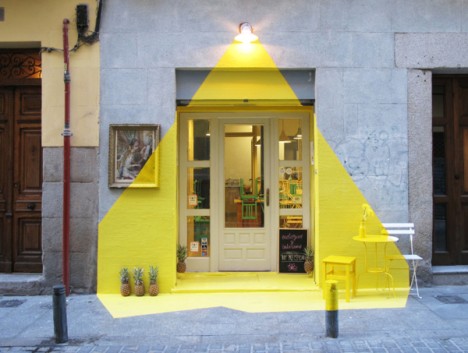

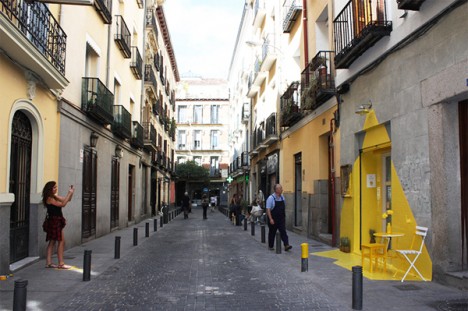

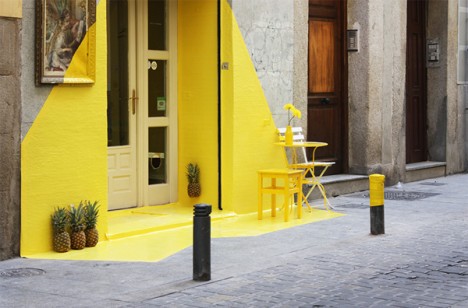
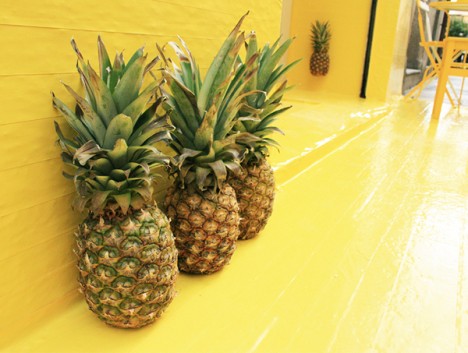

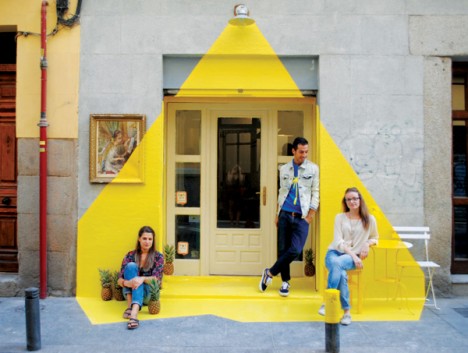
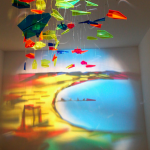
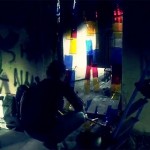
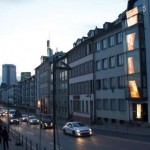

You must be logged in to post a comment.